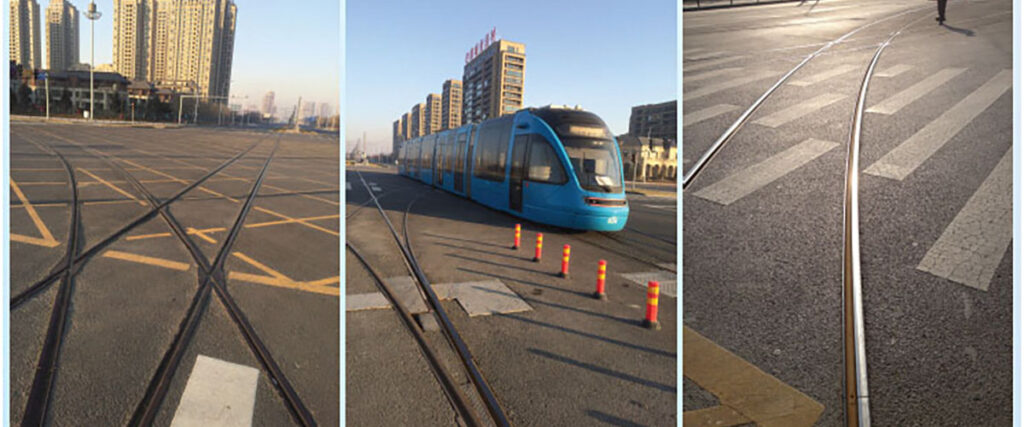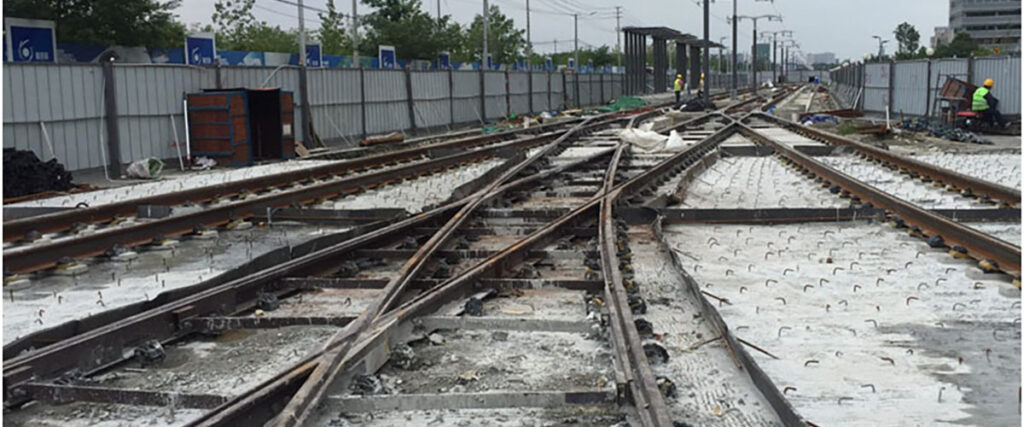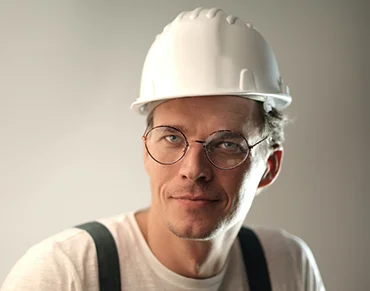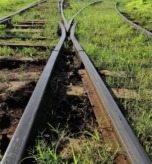Table of Contents
Introduction
Railroad turnouts, often referred to as switches, play a crucial role in the railway system. They allow trains to change tracks seamlessly, ensuring that transportation remains efficient and safe. Understanding the mechanics and maintenance of turnouts is vital for both railway operators and enthusiasts. In this article, we’ll explore the significance of turnouts, their components, and best practices for maintenance.

1. What is a Railroad Turnout?
A railroad turnout is a mechanical installation that enables trains to switch from one track to another. It consists of several key components, including the switch rails, stock rails, and a mechanism to operate the switch. Efficient design and operation of turnouts are essential for minimizing delays and preventing accidents.
2. Key Components of Turnouts
Turnouts consist of several critical parts:
- Switch Rails: Movable rails that guide the train from one track to another.
- Stock Rails: Fixed rails that provide a stable path.
- Point Machine: The mechanism that moves the switch rails.
- Frog: The crossing point where two tracks converge.
Understanding how each component functions is essential for effective maintenance and operation.
3. Importance of Maintenance
Regular maintenance of railroad turnouts is essential to ensure their reliability. Factors like wear and tear, environmental conditions, and the frequency of train traffic can affect their performance. Routine inspections and timely repairs can prevent costly delays and enhance safety.
4. Innovations in Turnout Technology
Recent advancements have introduced new technologies to improve turnout efficiency. Smart sensors and automated monitoring systems can detect wear and alert maintenance crews to potential issues before they lead to problems. These innovations not only enhance safety but also reduce maintenance costs over time.
5. Best Practices for Turnout Management
To ensure the smooth operation of turnouts, railway operators should implement best practices including:
- Regular Inspections: Schedule routine checks to identify issues early.
- Timely Repairs: Address any wear or damage promptly to prevent escalation.
- Training for Personnel: Equip staff with the knowledge to handle turnout maintenance effectively.
6. Future of Railroad Turnouts
The future of railroad turnouts looks promising, with ongoing research into materials and designs that enhance durability and reduce maintenance needs. As the railway industry continues to evolve, so will the technologies that support efficient and safe train transitions.
Conclusion
Railroad turnouts are essential components of railway infrastructure that facilitate smooth transitions for trains. Understanding their mechanics, importance, and maintenance can significantly impact operational efficiency and safety. As technology advances, the railway industry is poised to enhance turnout performance, ensuring reliable transportation for the future.

FAQs
The primary function of a railroad turnout is to allow trains to switch from one track to another smoothly.
Turnouts should be inspected regularly, typically every few months, depending on traffic and environmental conditions.
The main components include switch rails, stock rails, a point machine, and a frog.
Innovations such as smart sensors and automated monitoring systems are enhancing turnout maintenance by providing real-time data.
Maintenance is critical to prevent wear and tear, ensuring safety and minimizing delays in train operations.
Operators can improve management through regular inspections, timely repairs, and training for maintenance personnel.






